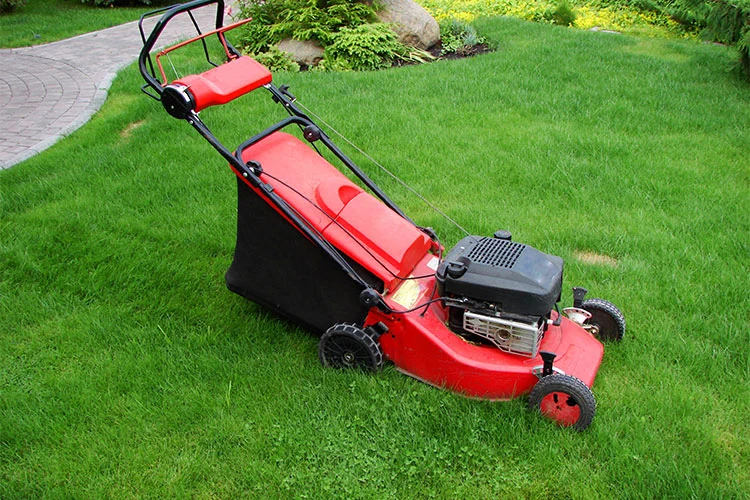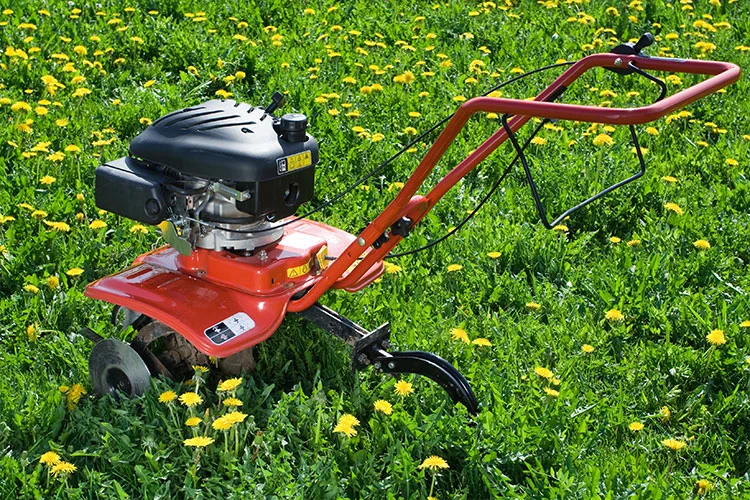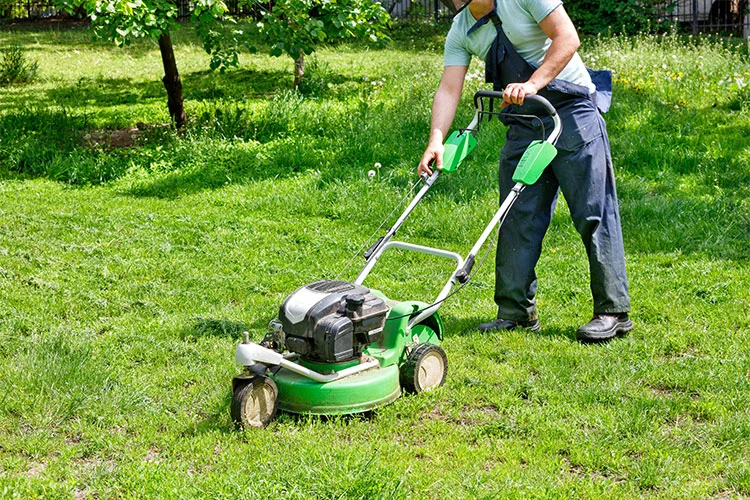Comprehensive Guide to Rotary Rake Gearboxes
Rotary rake gearboxes are the critical power transmission components at the heart of modern haying and forage harvesting equipment. These robust units are engineered to convert the power from a tractor's PTO (Power Take-Off) into the precise rotational motion required to operate the rake's wheel arms, efficiently gathering cut crop into uniform windrows or swaths. The durability, efficiency, and reliability of the gearbox directly influence the productivity of the entire raking operation. Understanding their design, specifications, and proper maintenance is essential for farmers and agricultural contractors seeking to maximize uptime and achieve optimal field performance.
Core Function and Operational Principle
The primary function of a rotary rake gearbox is to provide a 90-degree change in the direction of power flow while simultaneously increasing the torque and reducing the input speed to a level suitable for the rake wheels. A standard tractor PTO operates at 540 RPM or 1000 RPM. The gearbox's internal gearing steps this speed down significantly, resulting in an output speed that allows the rake tines to work effectively without causing excessive crop damage or soil disturbance. This process involves several key mechanical actions within the gearbox housing.
- Power Input: The tractor's PTO shaft connects to the gearbox's input shaft, transmitting rotational power.
- Speed Reduction and Torque Multiplication: A set of bevel gears (typically spiral bevel gears for smooth, quiet operation) redirects the power 90 degrees. The gear ratio between the input pinion and the output crown gear determines the degree of speed reduction and torque increase.
- Power Output: The modified power is delivered to the output shaft, which is connected to the rake's drive mechanism (often via a drive shaft or chain) that turns the wheel arms.
- Lubrication and Cooling: The gearbox is filled with oil that lubricates the gears and bearings, dissipates heat generated during operation, and protects internal components from wear and corrosion.
Detailed Technical Specifications
Selecting the correct rotary rake gearbox requires a thorough understanding of its technical parameters. These specifications ensure the gearbox is compatible with your tractor's power output and your specific raking conditions.
| Parameter | Description | Common Specifications / Range |
|---|---|---|
| Input Speed | The rotational speed at which the input shaft is designed to operate, matching the tractor's PTO speed. | 540 RPM, 1000 RPM (Standard); 750 RPM, 1500 RPM (Less Common) |
| Output Speed | The resulting rotational speed at the output shaft after the gear reduction. | Approximately 200 - 350 RPM (varies by model and ratio) |
| Gear Ratio | The ratio of input speed to output speed. A higher ratio means greater torque multiplication and a lower output speed. | Common ratios: 1.5:1, 1.65:1, 1.85:1, 2:1 |
| Rated Input Torque | The maximum continuous torque the gearbox can handle at the input shaft without failure. | Typically ranges from 400 Nm to over 1200 Nm, depending on size and design. |
| Horsepower (HP) Capacity | The maximum power the gearbox can transmit, calculated from torque and speed. | Commonly rated for 50 HP to 150 HP, with heavy-duty models exceeding 200 HP. |
| Gear Type | The design of the gears used for power transmission. | Spiral Bevel Gears (most common for smoothness and strength), Straight Bevel Gears. |
| Housing Material | The material used for the main gearbox casing. | Cast Iron (Ductile Iron or Grey Iron) for high strength and durability; Aluminum for lighter weight applications. |
| Input/Output Shaft Configuration | The type and size of the shafts. | Input: 1-3/8" 6-Spline or 1-3/4" 20-Spline PTO shaft. Output: Often a keyed shaft (e.g., 25mm, 30mm, 1-1/8") or a splined shaft. |
Lubrication Capacity
| The volume and type of oil required. |
Typically 0.5 to 1.5 liters of API GL-5 rated gear oil (e.g., SAE 80W-90 or 85W-140). |
|
| Mounting Flange | The interface for attaching the gearbox to the rake frame. | Standardized bolt patterns (e.g., 4-bolt or 6-bolt flange) with specific dimensions for compatibility. |
Key Features and Design Advantages
Modern rotary rake gearboxes incorporate several design features that enhance their performance and service life.
- Robust Sealing System: High-quality lip seals and sometimes O-rings are used to prevent oil leaks and keep contaminants like dust, dirt, and moisture out of the gearbox.
- High-Quality Bearing Selection: Tapered roller bearings are commonly used to handle the significant radial and axial loads generated during raking, ensuring long-term stability and smooth rotation.
- Hardened and Ground Gears: Gears are often heat-treated (case-hardened or through-hardened) and precision-ground to provide exceptional wear resistance, reduce noise, and increase power transmission efficiency.
- Efficient Cooling Design: The housing may include cooling fins to increase the surface area and improve heat dissipation during prolonged operation.
- Safety Mechanisms: Some gearboxes are equipped with shear bolt or slip clutch provisions on the input shaft to protect the internal gears from sudden shock loads caused by hitting an obstruction.
Frequently Asked Questions (FAQ)
What is the purpose of a rotary rake gearbox?
The primary purpose of a rotary rake gearbox is to transfer power from the tractor's PTO to the rake's wheel arms. It changes the direction of rotation by 90 degrees, reduces the high input speed to a more usable output speed, and multiplies the torque to provide the necessary force for effectively gathering crop.
How do I choose the right rotary rake gearbox for my machine?
Selecting the correct gearbox involves matching several key parameters to your specific setup. You must know your tractor's PTO speed (540 or 1000 RPM), the required output speed for your rake, and the horsepower of your tractor. It is crucial to cross-reference the gearbox's rated HP and torque capacity with your tractor's output to avoid under-sizing the unit. Always consult your rake's manufacturer specifications or an authorized dealer to ensure compatibility with mounting flanges and shaft sizes.
What type of oil should I use in my rotary rake gearbox and how often should I change it?
You should use a high-quality, extreme-pressure (EP) gear oil with a viscosity suitable for your climate, such as SAE 80W-90 or 85W-140 (API GL-5 rating). The initial oil change is critical and should be performed after the first 50-100 hours of operation to remove any break-in wear particles. Subsequently, change the oil at least once per season or every 500-1000 operating hours. Always check the oil level before each use and inspect for signs of contamination or metal flakes.
What are the common signs of gearbox failure?
Several symptoms can indicate an impending or existing gearbox failure. Unusual noises like grinding, whining, or knocking are primary indicators. Excessive vibration during operation, oil leaks from seals or the housing, and the gearbox becoming too hot to touch are serious warning signs. A noticeable decrease in raking performance or difficulty in turning the output shaft by hand can also point to internal damage, such as worn bearings or broken gear teeth.
Can a damaged rotary rake gearbox be repaired, or does it need to be replaced?
This depends on the extent of the damage. Minor issues like replacing a faulty input shaft seal can be a straightforward repair. However, if the internal gears, bearings, or shafts are damaged, a complete overhaul may be required, which can be costly and time-consuming. In many cases, especially with significant internal damage, replacing the entire gearbox unit with a new or professionally remanufactured one is more economical and reliable than attempting a complex repair.
What is the difference between a standard and a heavy-duty rotary rake gearbox?
The main differences lie in the construction materials, load capacity, and design features. Heavy-duty gearboxes are built with higher-grade materials, such as stronger alloy steels for gears and shafts, and often feature larger bearings and a more robust housing. They are rated for higher input torque and horsepower to handle tougher conditions, larger rakes, and more powerful tractors. Standard-duty gearboxes are sufficient for smaller-scale operations and average conditions.
How important is proper gearbox alignment during installation?
Proper alignment is critically important. Misalignment between the tractor's PTO shaft and the gearbox input shaft can cause premature wear on universal joints, seals, and bearings. It creates vibration and leads to seal failure and oil leaks. Always ensure the tractor and implement are properly hitched and that the PTO driveline is the correct length and angles are within the manufacturer's specified limits to ensure smooth power transmission and long component life.
Are there any specific operational practices to extend the life of my gearbox?
Yes, several practices can significantly extend gearbox life. Always engage the PTO at low engine RPMs to minimize shock loading. Avoid operating the rake at excessively high speeds or overloading it with wet, heavy crop. Conduct regular visual inspections for leaks and damage. Grease any external zerks on the PTO driveline regularly. Most importantly, follow the recommended lubrication schedule meticulously, using only the specified type and grade of oil.





